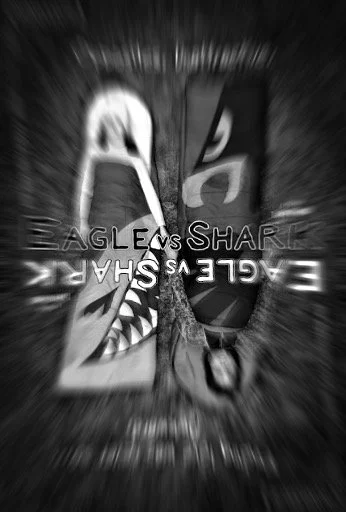P5 RT The Naked Dinner Party
For this research task, you will don the guise of a playwright and put together a short script for an imagined dinner party conversation using quotations gleaned from the texts provided in the accompanying reader ‘The Naked Dinner Party’.
Highlight key phrases from each writer you feel cut to the chase of what they are trying to say. Now try to piece together a conversation between the ‘guests’ about making art from the figure.
As I read through the resources for this research task my focus subconsciously began to concentrate on the phrases that addressed my questions surrounding the initial exercise of figure drawing.
A discussion began to form in my mind of how this group of diverse artists and writers could help to shape my understanding of what life drawing could be.
Here, I have attempted to develop an argument between these minds to manifest the evolution of life drawing from its classical beginnings, to a more liberal vehicle for creativity. Historically these elements have actually always been there, but the focus shifts depending on the faction at the time.
Personally I am finally breaking away from restrictions in my work, and working precisely, from life, now feels claustrophobic. I want to look beyond the aesthetics of a subject, and paint with intuition.
My hope is that this discussion will provide me with a perspective for my drawings from life.
Eagle V’s Shark
SF = Sigmund Freud
EP = Elizabeth Peyton
WD = Willem DeKooning
LL = Laura Lancaster
KC = Kenneth Clark
KF = Kay Flockhart
SF I think artists who deny themselves the representation of life, and limit their language to purely abstract forms are depriving themselves of the possibility of provoking more aesthetic emotion.
EP It’s interesting to capture someone in a specific moment, they radiate.
WD Yes like, there’s a glimpse of something. A flash. Some fleeting thing like when one passes something.
WD And….. using the figure can be a relief. Eliminating composition, arrangement relationships, light…Just using a specific subject gets rid of the problem of picture making. But I suppose it becomes more precise.
LL The idea of capturing a moment rather than a specific subject in an unknown context interests me. It encourages collaboration with the viewer.
KC But, that is the difference between the naked and the nude. The nude is an academic exercise, a demonstration of skill…it is the link to the classic disciplines.
KF So essentially without context, and therefore the opposite to encouraging an experience in the way it is being discussed here?
SF But, the aura given out by a person or object is as much a part of them as their flesh.
EP And personality effects the face.
SF A painter must think of everything being there for their own pleasure and use.
SF Discard what’s inessential otherwise it crystallises. Unless the understanding is alive, material just becomes practical. The subject is a vehicle for sensation.
SF Artists using life as their subject translate life into art, and the art must acquire a life of it’s own to reflect life.
KC The nude is not a subject of art but a form of art. It should not encourage empathy.
LL There is an analogy in painting in terms of the mechanics of how an image is made.
KF And how the image reveals itself.
SF It is of no interest whether the work is an accurate copy of the model. Whether it’s convincing or not depends on what it is in itself. The model serves as a starting point.
KC But in this exercise you are looking for pure form. To put the subject out of reach and desire you must remove said context.
KF Removing the elements that make art interesting to me. But then utilising them in a way that manifests pure form and nothing else.
List of Images
Cover Image Eagle Vs Shark, movie poster, unknown source.
Bibliography
Freud Lucian (1954) Some thoughts on painting pp 219 – 221 in Stiles, Kristen and Selz Peter (ed) (1996) theories and documents of contemporary art. London. University of California Press. https://library-search.open.ac.uk/permalink/44OPN_INST/j6vapu/cdi_crossref_primary_10_1086_adx_15_2_27948850
KENNETH CLARK (2023) The Nude: A Study in Ideal Form. Princeton University Press.https://library-search.open.ac.uk/permalink/44OPN_INST/j6vapu/cdi_jstor_books_jj_5425898
Peyton, Elizabeth (2013) Faces Contain their time. Video Louisiana Channel, Louisiana Museum of Modern Art. (link below) Elizabeth Peyton: Faces Contain Their Time
DeKooning Willem (1963) Content is a glimpse: interview with David Sylvester pp 197 – 199 in Stiles, Kristen and Selz Peter (ed) (1996) theories and documents of contemporary art. London. University of California Press. https://library-search.open.ac.uk/permalink/44OPN_INST/j6vapu/cdi_crossref_primary_10_1086_adx_15_2_27948850
Lancaster, Laura (2018) interview Workplace Gallery. At: Shadows and Mirrors | workplacegallery.co.uk
